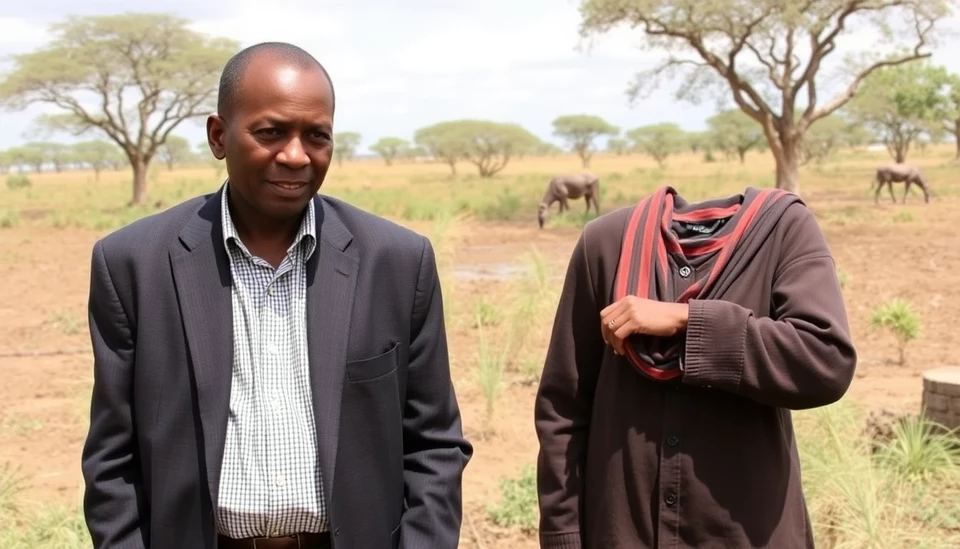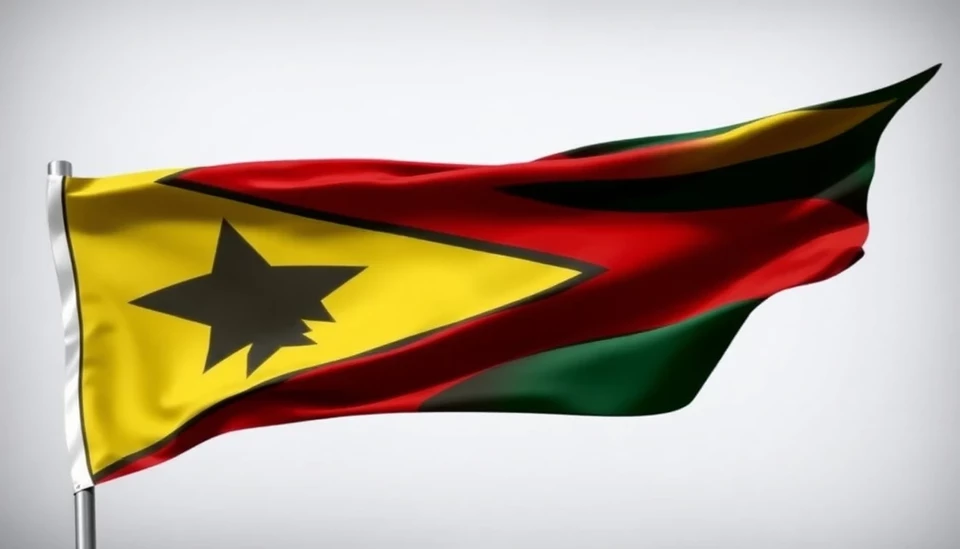
In a significant financial initiative, the Reserve Bank of Zimbabwe has collected a staggering $215 million from exporters, aiming to fortify the national currency, the Zimbabwean dollar (ZWL). This bold move is part of a broader strategy to stabilize the country’s economy, which has been grappling with hyperinflation and a reliance on foreign currencies.
Zimbabwe's economy has seen tumultuous times, historically intertwined with the decline of its currency's value. With the national currency suffering from depreciation, the government is actively seeking to boost confidence in the ZWL. The fund generated from exporters is intended to support local businesses and enhance the liquidity of the ZWL, ultimately aiming to enable the currency to hold its value against more stable foreign currencies such as the US dollar.
Exporters play a crucial role in this economic rescue strategy. By providing the central bank with their foreign currency earnings, they enable the government to exert more control over the local currency's valuation. This influx of funds is seen as a vital step towards restoring economic stability and reducing the reliance on foreign currencies that have become predominant in daily transactions across Zimbabwe.
The Reserve Bank of Zimbabwe has positioned this recent financial maneuver as a response to the public’s growing demand for a stable and reliable domestic currency. In light of the high levels of inflation that the country has faced for years, the central bank anticipates that strengthening the ZWL with the help of exporters will gradually restore confidence among both consumers and businesses.
The officials have also made it clear that this initiative is a part of a broader policy framework designed to tackle economic challenges and foster a conducive environment for investment. As part of efforts to stabilize the currency, the government has been actively encouraging more local production, highlighting the significance of exports in this national discourse.
As these developments unfold, analysts are closely monitoring the situation, weighing the potential impact of this initiative on the local economy. Will increased confidence in the ZWL lead to a reduction in inflation rates? How will this affect the everyday lives of Zimbabweans? These questions are critical as the country navigates its way through economic reform and seeks to build a sustainable future.
In conclusion, the $215 million collected from exporters represents more than just a financial transaction; it symbolizes an effort to reclaim sovereignty over Zimbabwe’s economic future, reducing dependency on foreign currencies and fostering a resilient domestic economy.
As Zimbabwe continues to confront its economic challenges, this initiative could prove pivotal in shaping the nation’s fiscal landscape for years to come. Only time will tell if this bold step will yield the desired results and provide a lifeline to the ZWL.
#Zimbabwe #ZWL #Exporters #CurrencyStabilization #EconomicReform #ReserveBankOfZimbabwe
Author: Rachel Greene




